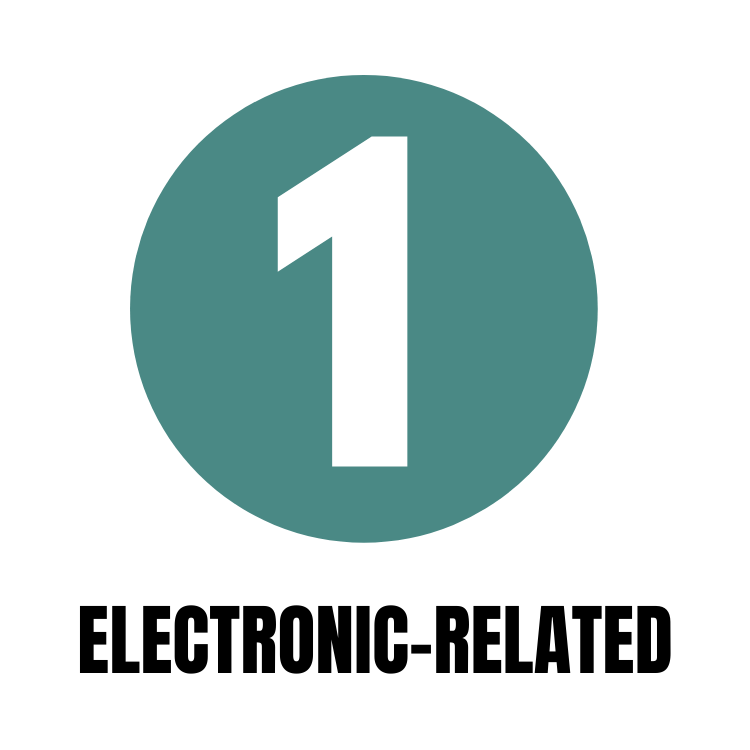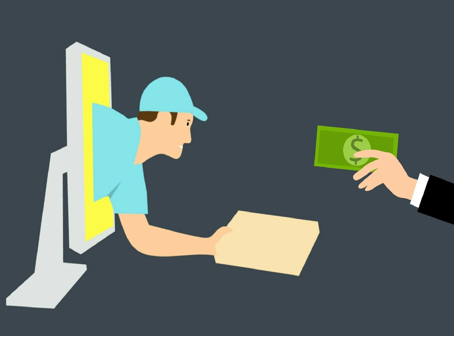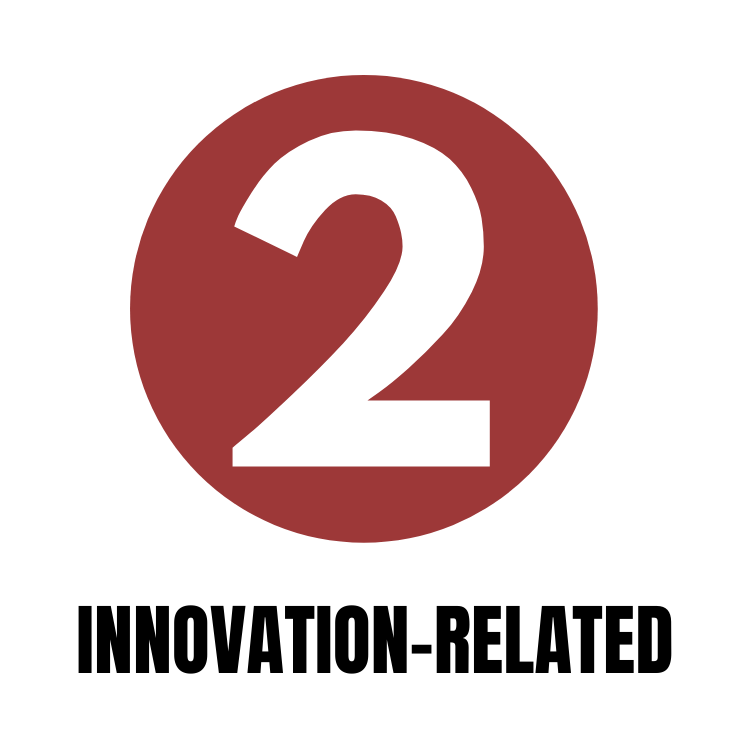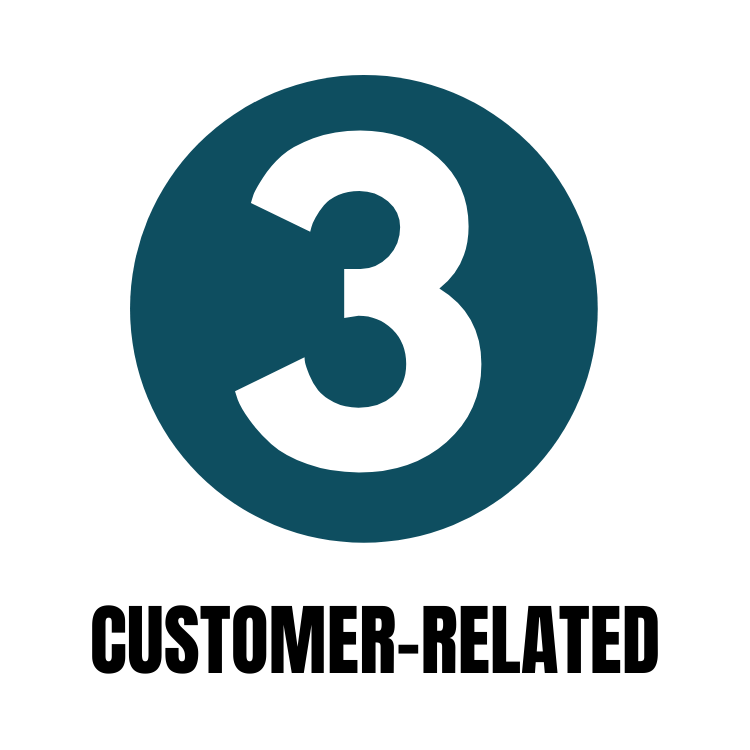Marketing in a Pandemic
By David Price, Associate Professor of Marketing
Washburn University School of Business
The year 2020 will forever be defined by COVID-19. Even now with slow vaccine distribution and new variants, the virus continues to disrupt our society as we move into 2021. While the shutdowns slowed the spread of the virus, there were extreme economic impacts that sparked massive job losses and industry slowdowns. This prompted trillions of dollars in government relief packages and a determination to reopen and stop the damage from becoming permanent.
From a marketing perspective, the virus has firms stepping back to reexamine how they should connect to their most precious resource, the customer.
COVID-19: ITS EFFECT ON BUSINESS AND SOCIETY
While some industries continue to experience problems (such as travel, leisure and hospitality), unemployment rates have finally begun to settle from a high of nearly 15% in April 2020 to between 6-8% in January 2021. With scarcity of resources, small business owners have struggled more during the pandemic, with economists estimating at least 100,000 small businesses permanently closed in the first two months of the pandemic in 2020 alone.
These events have changed consumer outlook and moved many to become a cost-conscious and value-driven shopper, as many have little choice but to look for cheaper products and services that offer deeper discounts.
The coronavirus has also changed our daily lives, whether in the home, work, school or leisure. It has especially boosted our tolerance for screen time. It has accelerated e-commerce sales, and those firms that were ahead of the game, like Amazon, were well positioned to exploit the shift.
Business and marketing strategies will need to shift to this new reality. Following are three areas where business owners and marketers can focus their strategies.
PUT EVERYTHING ONLINE
The pandemic has accelerated the speed at which we are “going digital” and now is the time to increase your online presence.
The first move should be to update your website. It needs to be more than just a digital list of products and services; consumers are looking to be engaged and have their problems solved, so spend the time, money, and effort to turn it into a profit center.
The more processes you can bring online, the more you can stay engaged with your customers and employees. If you were conducting training before the pandemic or classes—move them online —or perhaps host an informative webinar. No matter what industry you are in, there are always more things you can take online, and having those capabilities will help to set you apart from your competitors and stand out to potential customers.
When done right, e-commerce is usually more efficient, less expensive and safer for customers than shopping in physical stores. Moreover, as social distancing and protective measures remain the norm, likely are intentions to shop online, so it will become even more important to begin to investigate what other services your firm can provide online consumers.
COMPLEMENTARY E-SERVICES
Once you have as much of your existing business online, you should investigate additional e-services or new electronic “service platforms” that can help consumers take care of their additional everyday product/service needs.
During COVID-19, people are not only increasingly buying online; they expect to be able to perform other tasks and access services as well. While this certainly includes services such as online ordering, it can also include additional and complementary services such as shipping options, packaging, bookings, training, social media connections, helpful apps for consumers, or links to useful resources. These auxiliary services can directly or indirectly benefit your customer and therefore your business.
Think of your firm as an interconnected service platform, where numerous services can be accessed. For example, a food company can partner with e-health platforms or an online fitness company and cross-promote to an extended audience to the benefit of both. A “home-buyer platform” could include real estate, mortgage, moving and bill-forwarding services tied into a single online experience.
INNOVATION
COVID-19 has disrupted so many industries that innovation must be a priority simply to survive. Some examples of innovations for consumers include hotels that supply fully sanitized rooms, bookable retail shopping times for shoppers, and at-home make-up experiences. Expect health and safety to be prominent and other unique “at home” strategies to become even more common in the future.
An innovation for business models has been the creation of the “pop-up office” where smaller-sized firms or employee teams can rent on-demand office space for as long as they need. This helps owners of vacant space and means no long-term contracts for lessees, which can be an attractive option for companies who aren’t sure what the future holds and if they really need big corporate offices.
Innovation can simply take the form of new partnerships that previously did not exist to help firms through an exchange of scarce resources and reach new markets they cannot build on their own. The development of a “partner ecosystem” can be beneficial.
FLEXIBILITY & ABILITY TO PIVOT
One of the most important attributes for the future is the ability to pivot during the pandemic and improvise to generate new strategies. An example of an ability to pivot has been the car industry. As consumer spending dramatically dropped during the pandemic, few consumers were shopping for new vehicles, causing a major shift in the sales tactics used by car dealerships. They began offering substantial incentives, such as near 0% financing, waving first month payments and offering extended warranties at reduced costs.
It is important to note that many of the suggestions here are highly integrated with speed. That is, reacting to the conditions around the pandemic and then getting things done fast and done well. Removing boundaries and breaking down departmental silos, streamlining decisions and processes, empowering frontline leaders and reducing or eliminating bureaucracies are essential for an ability to change course and react in time.
NEW PRODUCTS & SERVICES
One way to stay afloat during the pandemic and stand out from your competitors is to introduce new products and services. Note that this is different from innovation in that a product or service can simply be new to you or your customers—you do not need to reinvent the wheel. If you are a re-seller, the advantage here is that you can source suppliers for new products. It may also be possible to create new services quickly as well by training employees.
Any new product or service you launch should fit the current environment. For example, after a rough 2020, beauty brand Glossier launched a hand cream tapping into the need to soothe dry hands stemming from frequent washing. Tenzing launched a new blackberry and acai flavor energy drink because people are increasing their home fitness regimes and might enjoy more variety in their energy drinks after workouts.
Other ideas can be simpler and tie to your existing business. For example, if you are a landscaping business and have small engine expertise for your equipment, could you possibly offer small engine repair for consumers that have their own equipment? Later, perhaps you can switch them to your landscaping services.
New product launches should involve solid research and involve your target audience. Survey your current customers with questions about their priorities, pain points and desires. Keep some questions open-ended as you might discover a few golden nuggets of information. Of course, encourage them to participate in the survey with an incentive to buy/try your products. Either way, maintaining contact is important as it builds the foundation of trust with your customers.
TRUST
Research shows that personal health and economic well-being are top-of-mind concerns for people across the United States and the world.
Foot traffic in stores, as well as travel and attending events, will only return when people trust that spaces are safe and virus free. Increased cleaning and disinfecting as well as all customers and employees wearing masks are the top reasons consumers give for deciding whether or not to go into a store. On top of this, Millennials and Gen Z in particular are more widely adopting contactless activities, and all ages indicate they intend to continue this trend.
Consumers may prefer self-checkout or scan-and-go activities, which may change traditional store layouts. They may be more willing to shop display walls where items are shown and can be scanned for later delivery. Trust can be developed by offering customers something free during these hard economic times: free trials, free courses or free sessions. Provide them with more content and even give them premium content for free. Issue refunds to clients who had prepaid memberships or were on auto-pay during any lockdown period.
While this could hurt your cashflow in the short term, the investment in the relationship and developing trust will most likely come back to you when the economy restabilizes—and your now loyal customers are ready to start buying again.
POSITIONING & COMMUNICATION
You have invested in the future and positioned your firm well, now it is time to let consumers know in a clear, friendly and “non-egotistical” way. Tell them about your efforts with e-commerce to improve the customer experience, innovative aspects of your business you have invested in, interesting and helpful new products and services, and how you care about your clients’ well-being.
You don’t go to all this hard work and then just sit back and hope they walk in the door or visit your website—you help them remember who and what you are and make it easy for them to find you. Communication and consistent reinforcement of all the good things you are doing will build a perception of your brand in your customer’s mind.
Much of what I have suggested thus far is based on helping. In the post-COVID-19 era, everyone needs help in one way or another, and your customers have problems that your business can potentially solve, so if you want to sell, focus on helping your customer. Helping is the new selling, so being buyer-centric instead of product-centric will help you sell more. Offer discounts, donate to the community and provide better terms on your products and services.
As more people spend time at home and on social media, the ROI on Pay-Per-Click ads in many industries has skyrocketed. CNBC reported that paid online advertising is now cheaper than ever and this channel can help showcase any changes you have made to your business.
WHAT'S NEXT?
No one knows what the new normal will look like exactly but rest assured things will not go back to the way they were. It has always been sage advice in marketing to be customer-centric and this is perhaps more important now than ever. The COVID-19 pandemic has created a seismic shift in our society, and it may require a seismic business response.










